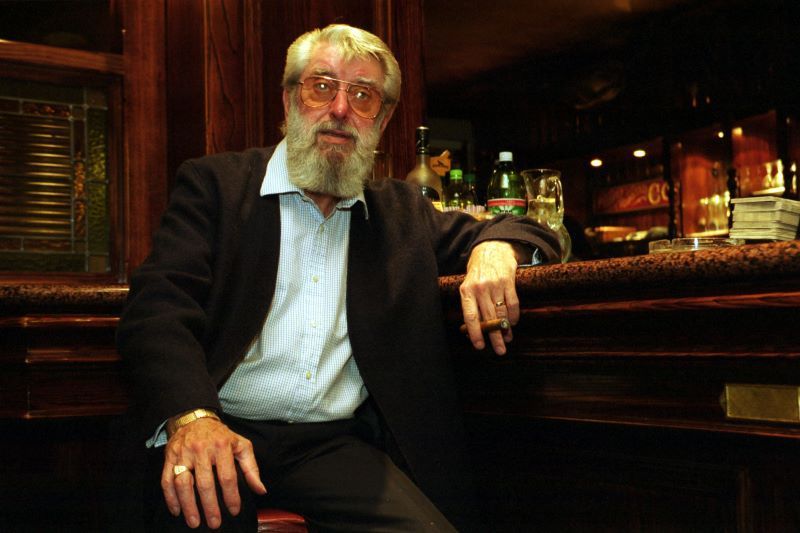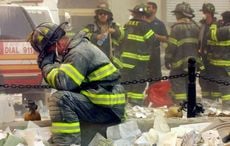Posted by Niall O'Dowd at 4/3/2009 7:53 AM EDT
The U.S. media have been slamming Ireland for months now.Is there any relief in sight?
Lordy, but Ireland is getting it hot and heavy these days in the American media.
The New York Times op Ed writer Timothy Egan , writing on April 2nd was just the latest offender. Visiting Kerry he notes “It is jarring to see this ancient landscape littered with empty monuments to the kind of excesses that helped bring down the global economy.”
He is talking about the fine and fancy and now empty houses that rich visitors to Kerry from Dublin and elsewhere were building for themselves as second homes.
“The crash was sickening, and much like Ernest Hemingway’s description of going broke: slowly, then all at once. Throughout Ireland, more than one in eight homes now sits empty. The skyline is crowded with idle cranes towering over roofless apartments. Property prices have plummeted across Ireland. And as the government plans drastic service cuts, people worry that Ireland will follow Iceland into insolvency."
Speaking of Dingle he notes “Just outside of this wonderfully brooding town, where David Lean filmed “Ryan’s Daughter,” the sod was peeled back for the worst kind of Southern California housing developments. These were houses intended as holiday getaways for the new Princes of Dublin and Galway. Now they’re orphans — abandoned, and not even a nationalized bank wants them back.”
Ouch—Egan is just the latest figure in a major national publication to slam the Irish economy and increase the sense of gloom and doom that is pervasive there already.
The Economist took the biscuit as they say in Ireland a few weeks ago when they ran a story a few weeks back about the Irish economy entitled "Reykjavik-on-Liffey", a reference to the Icelandic capital and Ireland’s troubles .
"The difference between Ireland and Iceland, so the current joke goes, is one letter and six months," the Economist's lead said. "A Dublin economist responds that the real difference lies in a four-letter word: euro," it said.
Ouch again. Remember it was The Economist who officially signaled Ireland’s early 1980s recession when they described the country as “A basket case” in a1984 article. They also proclaimed the Celtic tiger in the 1990s and made Ireland the best location to live in in the world –yes the world – around 1994.
Forbes magazine got in on the act this week in a strange article by Stephen Baldwin about where was a poor billionaire to go to hide his assets. Certainly not Ireland Baldwin wrote.
“Ireland was for a while a growth tiger on the strength of low income tax rates and a willingness to take in tax exiles from other lands. It picked up some wealthy Americans, notably including a Campbell's Soup heir. But it would be a bad choice for relocation now. Its economy is tanking. Down the line, that means a tax grab on anybody who is still solvent.”
Ouch,Ouch Ouch, so even Bernie Madoff would turn up his nose at us. Well now, maybe that’s a good thing. We have enough tax evaders over there – that’s for sure
Little wonder after all this nonsense that former finance minister Charlie McCreevy felt it necessary to slam the British media for their anti-Irish pulp fiction last week. Maybe he needs to take a trip over here and remonstrate with the powers that be.
There’s more of this guff if you really want me to spell it out – Newsweek, Time, all the major dailies are running with the Ireland on the rocks story.
Tim Egan , on his first ever trip to Ireland and in deepest Kerry hard by Dingle town adds a nice note of consolation, He looks at the beehive huts, and towers there since ancient Celtic times which have withstood all the elements and invasions.
He finds them comforting, something from the old Ireland that is timeless and irreplaceable. The he looks at the empty homes built by the Dublin bourgeois as they scrambled to keep up with the Jones’s.
“If they stand as long as the beehive huts or Hussey’s tower, the orphans of Ireland will prove to be instructive. The huts are a testament to perseverance. The tower is a monument of hope against despair. And the empty new homes tell a story of greed.”
Indeed.




Comments